-

Those who live in northern areas of the region should be watching carefully over the weekend as a blast of even colder air than this morning’s chilly breezes comes through the area. This is likely to bring freezing conditions to some areas. Tender plants and low-lying areas are most likely to feel the effects of…
-
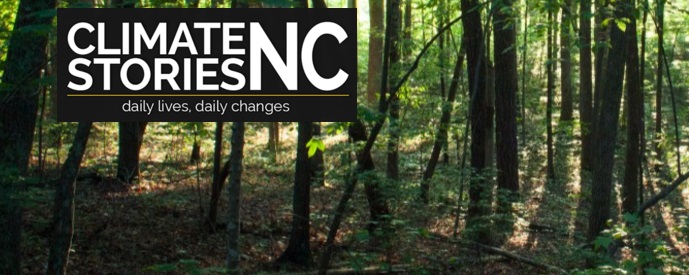
If you love watching birds like I do, you will be interested in this new video story from Climate Stories NC interviewing Curtis Smalling, Audubon bird conservationist. He discusses changes we are seeing in bird migration and how changes to a warmer climate may affect birds in the future. You can view it at https://www.ncchannel.org/climate-stories-nc-curtis-smalling-bird-conservationist/.
Posted in: Climate and Ag in the news -
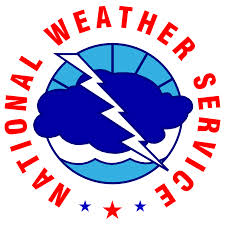
The latest YouTube edition of the Water Resources Outlook from the National Weather Service Southeast River Forecast Center is now available. You can watch it at https://www.youtube.com/watch?v=O9c21SqqrIQ&feature=youtu.be . Lots of good information!
-
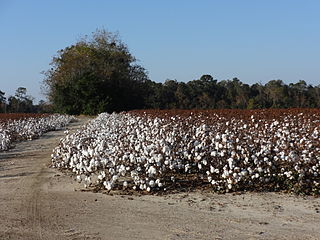
Cotton Grower magazine noted this week that Texas cotton growers in the Panhandle are worried about their cotton yields this fall after a cool summer reduced the heat units needed for development. Because of the delay in reaching maturity, they are now worried about the impact of fall frost, which could come as early as…
-
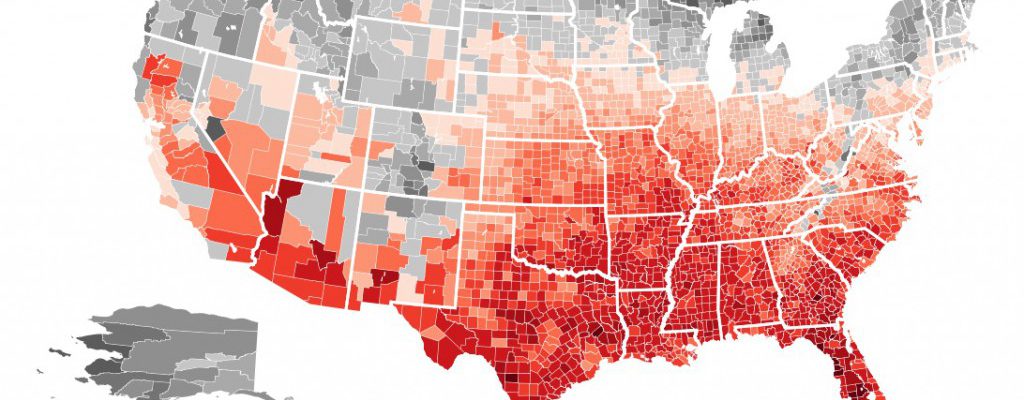
Estimating the costs of the trends to a warmer climate which we have seen since the 1970’s is difficult because there are so many factors involved in how a warmer climate might affect things like agriculture, energy production, etc. And of course they are moving targets because people can and do adapt to these changes…
Posted in: Climate and Ag in the news -
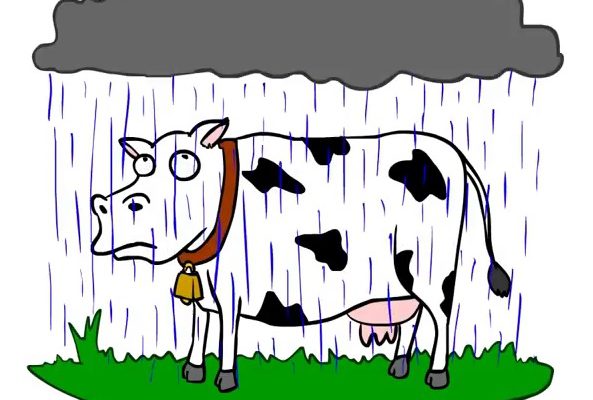
The CoCoRaHS monitoring network (that’s Community Collaborative Rain Hail and Snow network) has a new kind of data that you can provide to help farmers, water managers, government agencies, and others keep track of your local conditions, even where there is no good weather station data available. The data they are collecting is called “Condition…
-
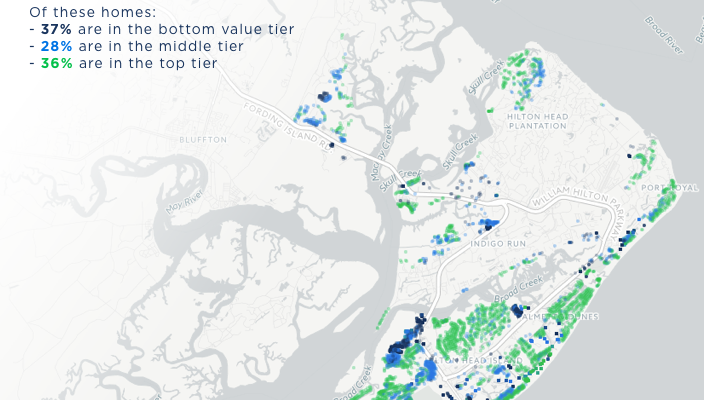
Zillow.com posted an interesting story this week which shows the potential loss of properties if sea level rises an average of 6 feet by 2100. Of course we don’t know for sure that it will rise six feet, and certainly the rise in sea level won’t be uniform across the coasts because of local contributing…
Posted in: Coastal